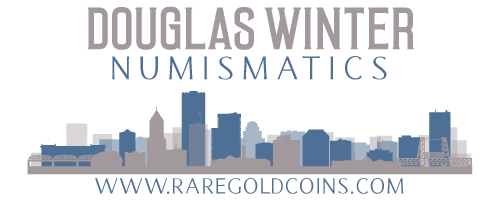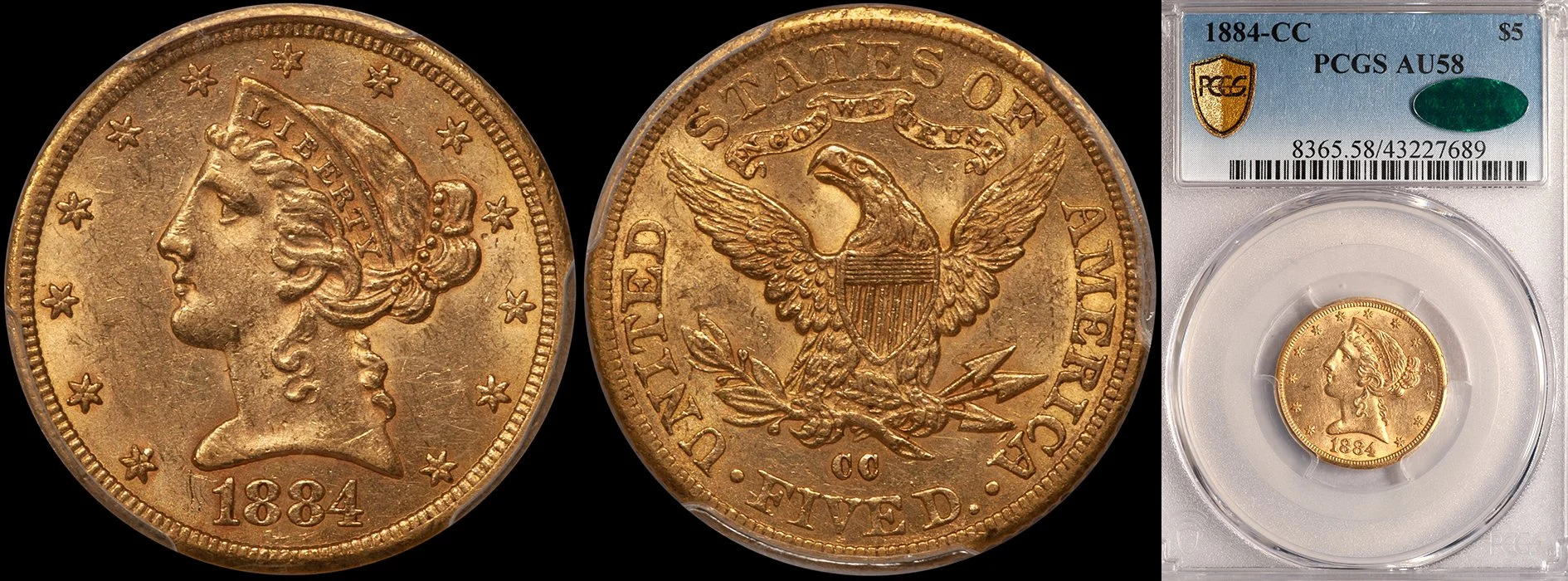New Orleans Eagles
/You my have heard the slogans “brown is the new black” or “50 is the new 40” used in the mass media by some trend-sniffing writer. I’ve sensed a new trend in the area of rare gold coinage and it’s as follows: “New Orleans Eagles are the new New Orleans Double Eagles.” I know…it sounds silly. But give me a chance to prove this and I think you’ll realize it makes sense. In the past few years, New Orleans double eagles have become massively popular and very expensive. In fact, most collectors have been priced out of the market in this series. Think about it. Two New Orleans double eagles, the 1854-O and the 1856-O, are now selling for upwards of $250,000 for very average quality examples. Five other dates, the 1855-O, 1859-O, 1860-O, 1861-O and 1879-O sell for upwards of $25,000-30,000 for decent quality pieces. Even such formerly affordable issues as the 1857-O and 1858-O are now selling for $10,000-20,000 in the higher AU grades. Want to buy a nice AU55 example of the 1852-O, the most common date in the series? Be ready to fork over $5,500-6,500.
Clearly, New Orleans double eagles are a series that you can’t collect unless you have a significant coin budget.
So what’s a collector to do who likes big coins but who can’t spend $10,000++ on every single piece he needs for his set?
More and more, I am seeing these collectors turn away from New Orleans double eagles and towards their eagle counterparts; especially the No Motto series produced at this mint between 1841 and 1860.
There’s alot to like about No Motto New Orleans eagles. It’s a reasonably short series with just twenty-one coins needed to complete it. There are no in-your-face stoppers like the 1854-O or 1856-O in the double eagle series but there are enough difficult coins that the decision to build a No Motto New Orleans eagle set will prove both challenging and fun. Best of all, the coins are still a great value.
Let’s look at some numbers which prove what a good value these New Orleans eagles really are. Let’s take the most common New Orleans double eagle, the 1852-O and use this as a “baseline” for the double eagle series.
The 1852-O has a Trends value (as of November 2006) of $4,000 in AU50, $7,500 in AU55 and $12,000 in AU58. The most recent PCGS/NGC population figures for this date show that 112 have been graded in AU50, 114 have been graded in AU53, 113 have been graded in AU55 and 106 have been graded in AU58. This is a grand total of 445 coins in the various AU grades. In addition, there have been 31 graded in Uncirculated.
Now let’s compare this with a date in the eagle series that has similar Trends valuations: the 1856-O. The most recent Trends values for this date are $4,000 in AU50, $7,000 in AU55 and $10,000 in AU58. Then, let’s look at the combined PCGS/NGC population figures for this date. The current numbers are 18 coins in AU50, 22 coins in AU53, 22 in AU55 and 18 in AU58. This is a total of 80 coins in AU. In addition, there have been four coins graded in Uncirculated. (by the way, in my opinion, these figures are vastly inflated by resubmissions).
The 1856-O eagle appears to be around five or six times more scarce than the 1852-O double eagle. This makes sense when one considers that the original mintage for the 1856-O is just 14,500 while the 1852-O has a mintage figure of 190,000.
Similar situations exist all through the New Orleans eagle series. Clearly, these coins are very scarce in higher grades (in this case AU50 and above) and they are a lot less expensive than their double eagle counterparts.
So, to rehash my thesis, here’s the skinny on New Orleans double eagles: they are wonderful coins and they are great to collect. But unless you have budgeted around $1 million dollars, you are not going to be able to assemble a complete set and certainly not a set of high quality coins.
The “next best thing” for the collector who likes big, hefty coins is the eagle denomination. And New Orleans eagles are affordable, demonstrably scarce and clearly a good value in comparison to their double eagle counterparts.
I already sense New Orleans eagles gaining in popularity and would not be surprised if values increase considerably in the coming years.
If this series appeals to you, I would suggest you focus on the key issues first and look for high quality examples of the five or six scarcest issues. If and when this series “takes off,” it is likely that the key issues will be in the greatest demand.










